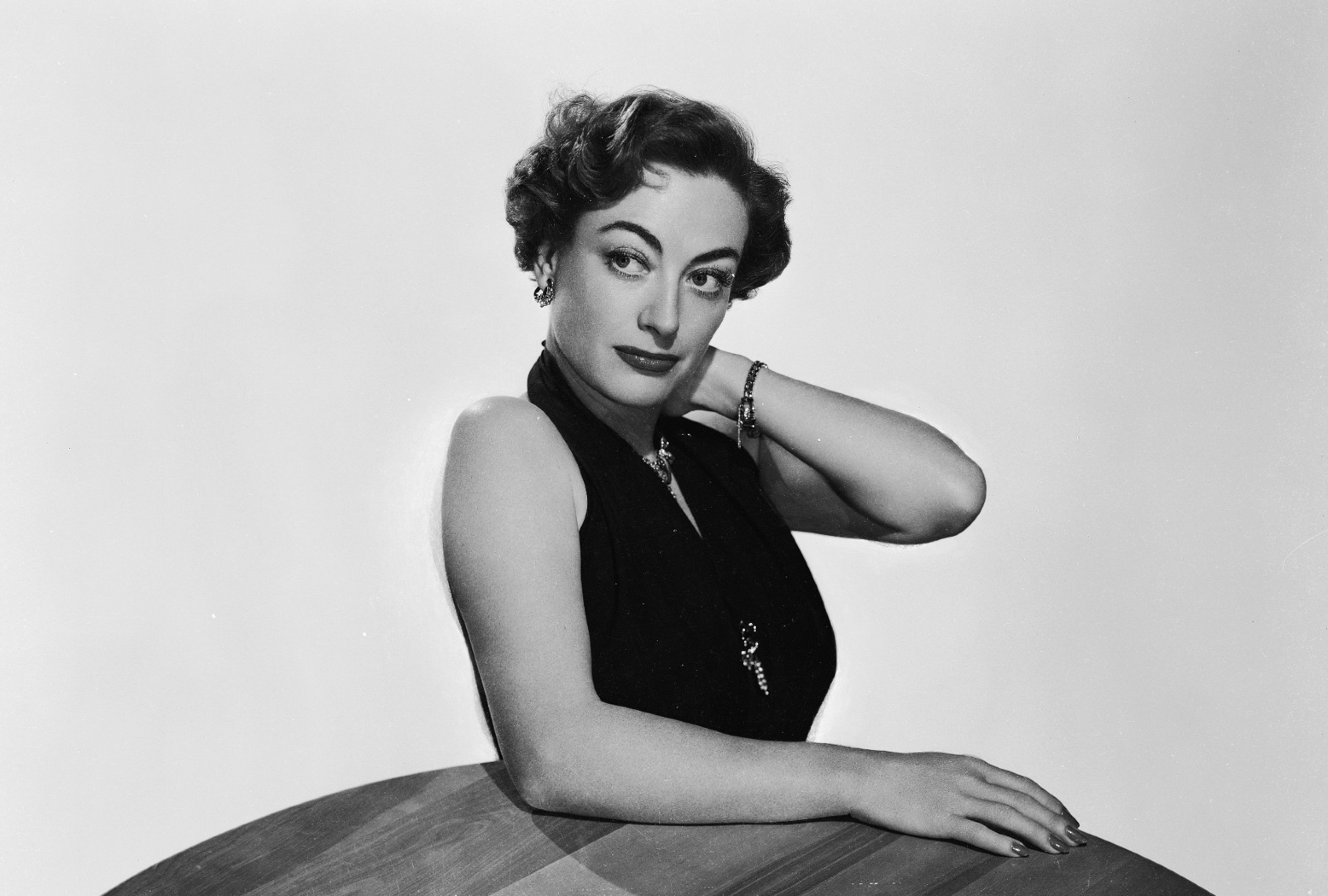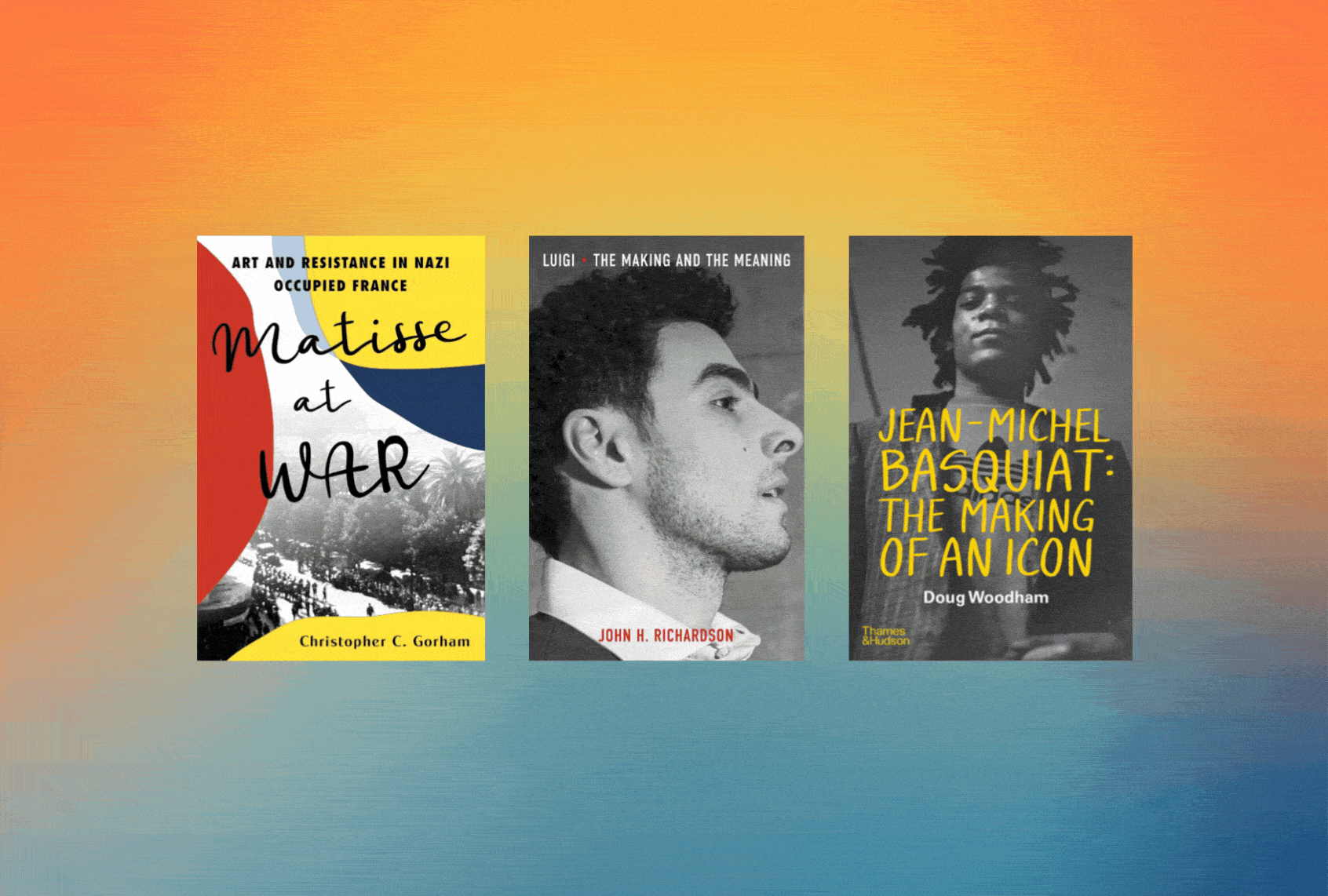Artists and entertainers who died much too young. A legendary screen presence. A band that drove under the radar for decades. An instant folk hero. More of the Mitford sisters. Oh, and Mount Rushmore. This fall’s new biographies have something for everyone.
Movies and Music
“Water Mirror Echo: Bruce Lee and the Making of Asian America“
Jeff Chang [Mariner Books, September 23]
“Every generation seems to find the Bruce it needs,” writes Jeff Chang in the author’s note to “Water Mirror Echo.” And this meticulously sourced, image-rich biography of Bruce Lee comes along at a time when America’s leadership is disturbingly bullish on re-entrenching the racial barriers and retrograde anti-Asian views that Lee once confronted. But this book isn’t about an icon or a savior, rather the lesser-known facets of his identity — immigrant, fighter, seeker, teacher and ally — that drove the man Chang calls “the global hero of the underdog” to unite Asian and American culture with an incendiary combination of spiritual tradition and undeniable cool. Tracing Lee’s life as a destiny-defining anchor baby, Hong Kong child star, American martial-arts innovator and global superstar, “Water Mirror Echo” uses a wealth of primary sources and archival material to reinscribe Lee’s legacy.
“The Cars: Let the Stories Be Told“
Bill Janovitz [Da Capo Press, September 30]
The Cars might be the American rock legends whose overall success is most inversely proportional to the volume of lore generated by the band itself. Twenty million records sold? Check. Debut album on the Billboard charts for a solid two-plus years? Check. The group that defined the mood and aesthetic of MTV? Check. Can you name a member of the band? It’s…that guy who married Paulina Porizkova, right? And that one other dude? It wouldn’t make sense for anyone but a true fan to write their biography, and Buffalo Tom founder Bill Janovitz is that fan. His prologue sets a picture-perfect scene — a friend’s cool older brother, an orange Camaro, an album with a hot woman on its cover, and a wood-paneled room with shag carpeting are the site of a life-changing needle drop — but after that rhapsodic flashback, his chronicle unfolds at a studious, unhurried pace. Written with the blessing and participation of the band’s remaining members (primary songwriters and vocalists Benjamin Orr and Ric Ocasek died in 2000 and 2019, respectively) “Let the Stories Be Told” is full of color, sound, and detail, but also brings across the chilliness and intra-band tension that ultimately overwhelmed its members. A celebration of what the band’s label, Elektra, called “Top-down music in a hard-top world,” the book captures an era-defining magic.

(Patti Gower/Toronto Star via Getty Images) John Candy
“John Candy: A Life in Comedy“
Paul Myers [House of Anansi Press, October 7]
Sure, he carved out a permanent niche in the pantheon of American comedy, but did John Candy ever really belong to America? He brought an unmatched, unaffected goodness to Hollywood in his epic run of films, but his characterizations endure because they never absorbed the cynicism or mean-spiritedness that grows wild on this side of the U.S./Canada border. Paul Myers’ lively new book isn’t the first biography of Candy, but it feels definitive, with insights and recollections from those who knew Candy best: directors (Rob Reiner, Ron Howard), fellow comedians (Dan Aykroyd, Bill Murray), and others who sound, very relatably, like they still can’t believe he’s gone. A less informed book might have tipped over into hagiography, but this one confronts the bedeviled shadows of a beloved figure with grace, and Myers doesn’t try to sidestep either Candy’s size or the addictions — to alcohol, cigarettes, food and cocaine — that hastened the early death that he always saw coming. Along with Colin Hanks’s upcoming documentary, “John Candy: I Like Me,” “A Life in Comedy” is for anyone who knows that the most joyous heart can still be broken.

(Robert Coburn Jr./John Kobal Foundation/Getty Images) Joan Crawford, 1950
“Joan Crawford: A Woman’s Face“
Scott Eyman [Simon & Schuster, November 18]
You wouldn’t expect the biography of one of film history’s most infamous divas to be short on drama, intrigue, and backbiting, and this one isn’t. Scott Eyman’s new biography pulls together the layers of invention and reinvention that transformed malnourished Texas tomboy Lucille LeSueur into screen legend Joan Crawford with so much immediacy and Hollywood-insider detail that reading it feels like a cinematic experience in itself. Using a trove of previously unseen primary documents from the actor’s estate and drawing on original interviews, “A Woman’s Face” fills in the space around familiar stories with quotidian routines and regimens that defined Crawford’s exacting life. It renders studio politics, contract-negotiation minutiae, costuming conflicts and production-code headaches with thrilling immediacy, note-perfect dialogue and the perfect amount of attitude.
Literature
“Do Admit!: The Mitford Sisters and Me“
Mimi Pond [Drawn & Quarterly, September 16]
Growing up in 1960s San Diego, writer and cartoonist Mimi Pond was captivated by the Mitford sisters, six aristocratic young women whose lives put them in proximity to some of the 20th century’s most consequential moments, movements and personalities. Pond, the bookish only girl among brothers, envied the Mitfords’ intellectual freedom and the tangle of conversations, proclamations and arguments (both in real life and in spirited volleys of correspondence) that tied them to one another across time, location, and political sympathies. “Do Admit!” — the title refers to each sister’s determination to best argue their points — is an expansive graphic history rendered in washes of Prussian Blue that dissolve the temporal boundaries between Pond and the sisters. It’s their story, but it’s also Pond’s recollection of how her fascination with them ended up giving her a crucial understanding of her own time. I freely admit to side-eyeing the relentless churning of the Mitford industry. (A biography of the second-youngest sister and “red sheep,” Carla Kaplan’s “Trouble Maker: The Fierce, Unruly Life of Jessica Mitford” arrives in late November), but “Do Admit” is a winning addition to its ranks.
“Gertrude Stein: An Afterlife“
Francesca Wade [Scribner, October 7]
Poet, author and saloniere Gertrude Stein spent much of her adulthood aware that the credit and esteem she believed she was due as a bold explorer of language’s potential was unlikely to come in her lifetime. Francesca Wade’s “Gertrude Stein: An Afterlife” is about Stein’s determination to have a posthumous second, taking place entirely in her archives, in which she would be not so much remembered as reconsidered. This wasn’t a wish but a plan, and the published and unpublished work she directed Yale University to collect did exactly what she had hoped. Appropriately, the book is a narrative divided in two: The first half is a formal, familiar biography, and the second an exploration of the limits of planning for posterity, complete with archival intrigue, secret-hoarding scholars, and revelations that might change everything — or, just as possibly, might not.
Start your day with essential news from Salon.
Sign up for our free morning newsletter, Crash Course.
Art
“Matisse at War: Art and Resistance in Nazi Occupied France“
Christopher C. Gorham [Citadel Press, September 30]
By the time Nazis goose-stepped into France in 1940, Henri Matisse was already an enemy of the Third Reich; one of his paintings was included in the exhibit of “Degenerate Art” that famously illustrated the regime’s scorn for Modernism. But Matisse was also ill, in a creative slump, and missing the woman his serial philandering had, after years of marriage, finally driven away. So the artist stayed put, and while his three children and estranged wife worked on behalf of the resistance, he explored an unexpected new medium — cut paper — and began making some of his most celebrated works. In Christopher C. Gorham’s narrative, the stark bravery of Matisse’s family members (in particular his daughter and muse, Marguerite, who was eventually imprisoned and tortured by the Gestapo) makes the artist himself recede into the background. But its portrait of an artist in flux, a country at a turning point and a family united in defiance makes for a gripping read.
“Jean-Michel Basquiat: The Making of An Icon“
Doug Woodham [Thames & Hudson, October 14]
Jean-Michel Basquiat maintains one of the art world’s busiest afterlives. Since his death at age 27 in 1988, his image has been preserved in biopics and Barbies, and his paintings have been sold at unprecedented prices. He has also been made uniquely available to consumers by way of a licensing empire that’s brought his work to fashion-house collabs, cosmetics packaging and the Brooklyn Nets’ home court. Author Doug Woodham, the founder of an art-collecting consultancy, isn’t the most soulful chronicler of Basquiat’s early life, explosive rise and untimely death. But he might be the perfect person to explain the artist’s unmatched longevity at the intersection of appreciation and appropriation. Informed by interviews with fellow artists, gallerists and many others, “Basquiat: The Making of an Icon” is a fascinating chronicle of marketplace immortality.

(Curtis Means-Pool/Getty Images) Luigi Mangione appears for his arraignment at Manhattan Criminal Court on December 23, 2024 in New York City.
American Icons
“Luigi: The Making and the Meaning“
John H. Richardson [Simon & Schuster, November 4]
On the cover of John H. Richardson’s “Luigi,” its subject’s profile, Luigi Mangione, is paused as though in mid-speech — ironic given how little we still know about the man who assassinated a health-insurance CEO in the open in October 2024 and became a folk hero within hours of the killing. Richardson’s aim is less to understand Mangione himself than it is to explore why his premeditated act, planned down to the words DENY DEFEND DEPOSE scratched into the bullet casings, resonated so powerfully and promptly. In a time of cosplay populism, the book centers the grim facts of America’s privatized insurance system that hide in plain sight — including the unavoidable conclusion that the system is functioning just as designed, meting out death sentences that are cheaper (and more profit-generating) from behind a screen. With his three direct shots, Mangione spoke for millions of Americans; “Luigi” articulates how much remains to be said.
“A Biography of a Mountain: The Making and Meaning of Mount Rushmore“
Matthew Davis [Macmillan, November 11]
This was a big year for South Dakota’s most storied landmark: Mount Rushmore celebrated its 100th birthday quietly, almost like it would prefer to not be a symbol of the United States’ self-mythologizing. It’s not the most celebratory of moments, but “A Biography of a Mountain” makes a solid case that it shouldn’t be. In his re-assessment of Rushmore, author Matthew Davis traces the history, creation and reverence for the monument and reckons with the discordance of its iconography. With a combination of history and reportage, Davis confronts a past defined by violence and erasure and a present where tribal commitment to environmental stewardship and an economic mandate of resource extraction are in perpetual tension.
Read more
about biographies


